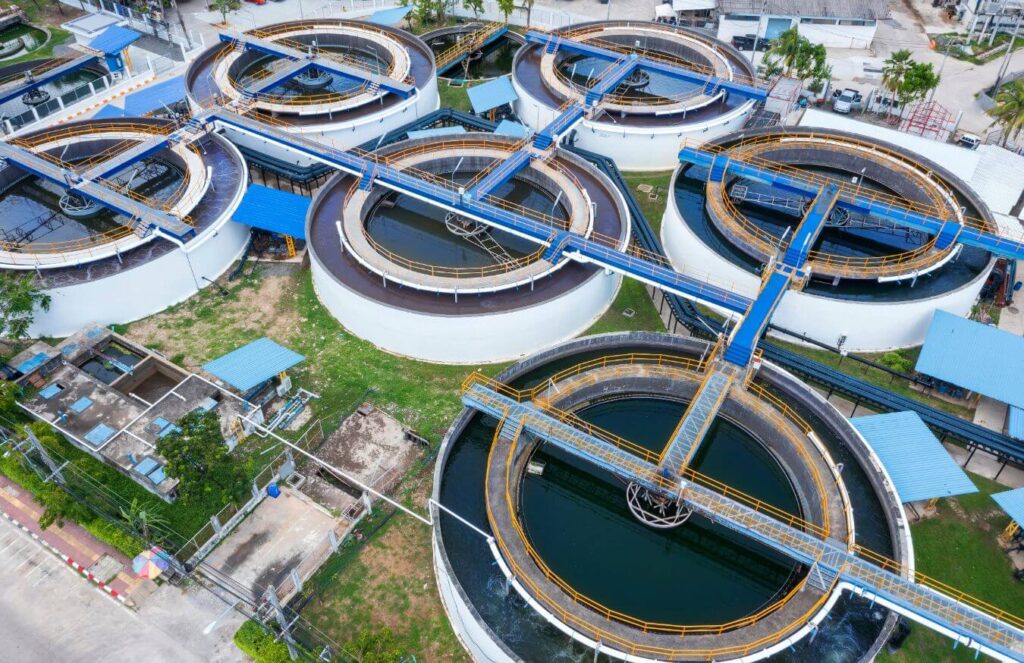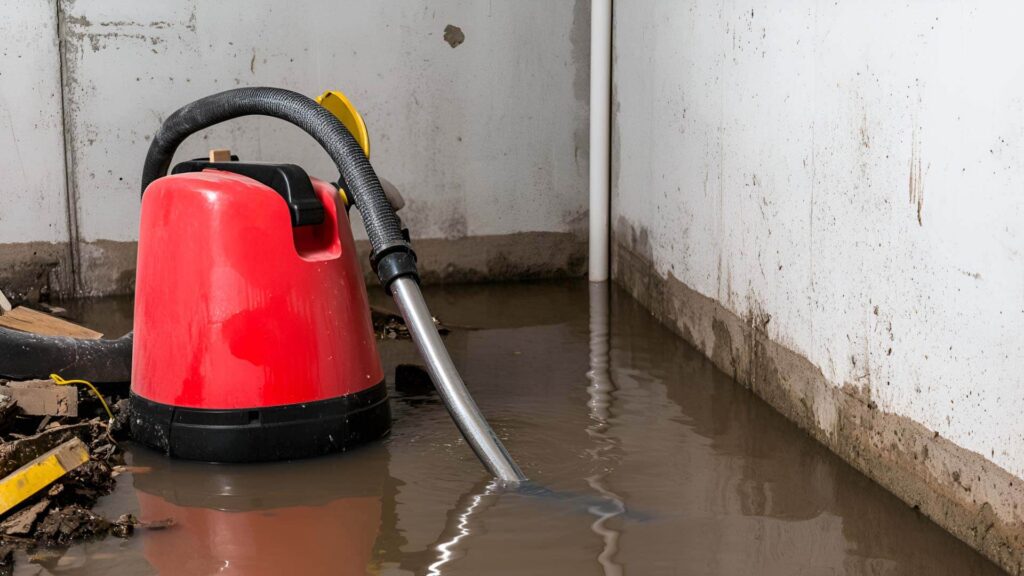How Sludge Dewatering Equipment Enhances Wastewater Treatment Efficiency
Sludge management is a vital component of effective wastewater treatment. As wastewater is processed, it generates large volumes of sludge that must be properly managed to maintain plant performance and comply with environmental regulations. Efficient sludge handling is essential not only for compliance but also for reducing operational costs and minimizing the environmental impact of treatment operations. To address these needs, treatment facilities are increasingly adopting advanced sludge dewatering equipment. These systems are designed to remove excess water from sludge, significantly reducing its volume and weight. This reduction streamlines transportation, lowers disposal costs, and improves overall plant efficiency. Alongside stationary systems, mobile dewatering equipment has emerged as a practical solution for facilities with temporary, remote, or emergency sludge management needs. These portable units provide on-site dewatering without the need for permanent infrastructure. In this blog, we’ll explore how sludge dewatering equipment, including mobile dewatering equipment, enhances wastewater treatment by improving efficiency, lowering costs, and supporting environmental goals. Understanding Sludge in Wastewater Treatment In wastewater treatment, sludge is the residual semi-solid material generated during the physical, chemical, and biological processes used to clean water. While water can be effectively treated and discharged, sludge presents a significant challenge due to its volume, weight, and high moisture content. Understanding the characteristics and types of sludge is essential for selecting the right treatment and disposal strategies. There are three primary types of sludge found in treatment facilities. Primary sludge is produced from the settling of solids during the initial treatment stages. Secondary sludge (also known as biological sludge) is generated during the biological treatment process. Digested sludge is the result of anaerobic or aerobic digestion, a process that stabilizes organic matter and reduces the presence of pathogens. One of the biggest issues with untreated sludge is its high water content, which is often 95% or more. This excessive moisture makes sludge difficult and expensive to transport, store, or dispose of. Without proper treatment, it also poses environmental and health risks. That’s where sludge dewatering equipment becomes essential. By removing excess water, sludge dewatering equipment significantly reduces the total volume of sludge. This makes it easier to handle, lowers disposal costs, and improves the efficiency of subsequent treatment steps such as drying, incineration, or land application. In addition to fixed installations, many facilities now rely on mobile dewatering equipment for processing sludge at remote or temporary locations. These systems are particularly useful during peak flow conditions, plant maintenance, or in areas where permanent infrastructure is not feasible. The portability and adaptability of mobile dewatering equipment make it an excellent complement to stationary systems. Whether addressing emergency overflow conditions or servicing smaller treatment facilities, these units ensure consistent and efficient sludge handling. When integrated into an overall treatment strategy, both fixed and mobile solutions play a critical role in maintaining compliance and operational efficiency. In summary, effective sludge management begins with understanding the characteristics of sludge and ends with the implementation of reliable sludge dewatering equipment designed to meet specific processing needs. What Is Sludge Dewatering Equipment? Sludge dewatering equipment is a specialized category of machinery used in wastewater treatment to separate solids from liquids in sludge. This equipment reduces the moisture content of sludge, transforming it from a slurry-like consistency into a drier, more manageable material. The dewatering process is a critical step before sludge is disposed of, reused, or further processed, as it significantly reduces volume, weight, and handling costs. The primary function of sludge dewatering equipment is simple: isolate as much water as possible from the solid components of the sludge. The separation process is mechanical and does not typically involve the use of chemicals, making it both efficient and environmentally friendly. Decreasing water content enables more cost-effective transportation and disposal while improving the performance of subsequent treatment or reuse processes. There are several types of sludge dewatering equipment commonly used in municipal and industrial wastewater treatment facilities. These include centrifuges, which use high-speed rotation to separate solids; belt filter presses, which compress sludge between moving belts; screw presses, which apply pressure through a rotating screw mechanism; and geotextile dewatering bags, which use filtration fabric to drain water from sludge passively. Each type has its advantages, depending on the nature of the sludge, the required dryness, and the plant size. Modern sludge dewatering equipment often incorporates advanced automation and control systems. These systems enable real-time monitoring, process optimization, and enhanced energy efficiency. Operators can adjust parameters such as feed rate, pressure, and cycle time to maintain consistent performance and respond to changes in sludge composition. In recent years, mobile dewatering equipment has gained popularity due to its flexibility and convenience. These units are designed for on-site use and are particularly valuable in remote locations or during temporary projects, maintenance shutdowns, or emergency conditions. Mobile dewatering equipment provides all the functionality of fixed systems without requiring permanent installation. Overall, investing in reliable and well-matched sludge dewatering equipment is crucial for any facility seeking to optimize wastewater treatment, minimize costs, and ensure regulatory compliance. The Role of Mobile Dewatering Equipment While permanent sludge dewatering systems are common in larger treatment facilities, there are many scenarios where mobile dewatering equipment offers a more practical and cost-effective alternative. Mobile units are self-contained systems mounted on trailers or skids that perform the same essential functions as stationary sludge dewatering equipment: separating water from sludge to reduce volume and improve handling. What sets mobile systems apart is their portability and ability to be quickly deployed wherever and whenever they’re needed. Unlike fixed installations, which require significant infrastructure, space, and capital investment, mobile dewatering equipment is designed for flexibility and ease of setup. These units can be transported to remote job sites, temporary treatment zones, or facilities experiencing a short-term increase in sludge volume. They are especially useful during plant maintenance shutdowns, natural disasters, or emergency overflows when rapid sludge processing is critical to avoid environmental or regulatory issues. The applications of mobile dewatering equipment are vast. It is commonly used by municipalities that manage multiple smaller treatment plants,
How Sludge Dewatering Equipment Enhances Wastewater Treatment Efficiency Read More »


